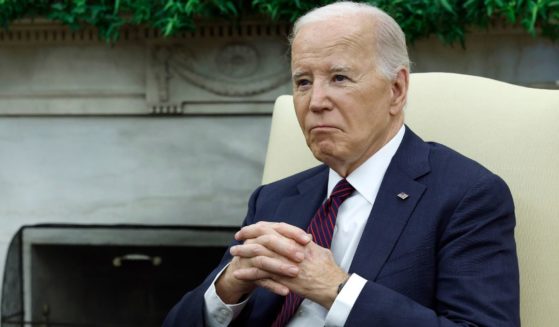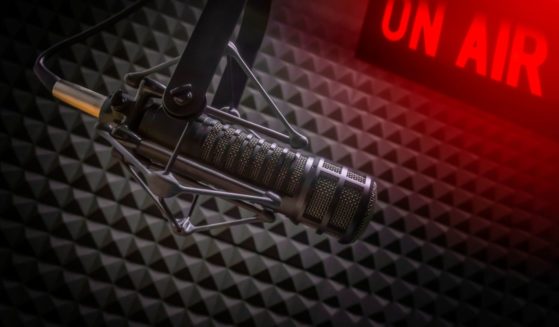'Doomsday Clock' Ticks Closer to Midnight, But Recommended Fixes Show Clear Anti-Trump Agenda
The symbolic “Doomsday Clock” has moved forward 30 seconds on Thursday, a full minute closer to midnight since 2016.
“As of today, it is two minutes to midnight,” the president and CEO of the Bulletin of Atomic Scientists Rachel Bronson said during a media briefing.
The clock was created in 1947 during the Cold War when there was a prospect “that the United States and the Soviet Union were headed for a nuclear arms race,” according to the Bulletin of Atomic Scientists website.
Since its creation, the clock has been reset 23 times, and 2018’s clock setting is the closest it has been to midnight “largely due to nuclear risk.”
“This year, the nuclear issue took center-stage yet again,” Bronson said. “To call the world nuclear situation dire is to understate the danger, and its immediacy.”
In the panel’s statement, they cited the Trump administration’s 2018 Nuclear Posture Review and said President Donald Trump “is pushing for a nuclear arms race,” according to Business Insider.
“The Trump administration’s Nuclear Posture Review appears likely to increase the types and roles of nuclear weapons in US defense plans and lower the threshold to nuclear use,” the statement said.
“In the past year, US allies have needed reassurance about American intentions more than ever,” the statement continued. “Instead, they have been forced to negotiate a thicket of conflicting policy statements from a US administration … led by an undisciplined and disruptive president…”
The Bulletin then makes a series of recommendations to turn back the clock, with most of them surrounding the actions of the U.S. president.
The first one is: “US President Trump should refrain from provocative rhetoric regarding North Korea, recognizing the impossibility of predicting North Korean reactions.”
This recommendation probably references Trump’s Twitter rhetoric talking about Kim Jong Un, such as his nuclear button tweet from earlier this year.
Another recommendation, among many others, is “The US and North Korea governments should open multiple channels of communication.”
“The failure of world leaders to address the largest threats to humanity’s future is lamentable — but that failure can be reversed,” the panel wrote.
Will Boisvert said that the symbolic clock could actually be counterproductive in an article published by The Breakthrough titled “Risk Culture and the Broken Doomsday Clock.”
“Apocalypticism can systematically distort our understanding of risk, mesmerizing us with sensational scenarios that distract us from mundane risks that are objectively larger. Worse, it can block rather than galvanize efforts to solve global problems,” he said. “By treating risks as infinite, doom-saying makes it harder to take their measure — to prioritize them, balance them against benefits, or countenance smaller ones to mitigate larger ones. The result can be paralysis.”
According to the atomic scientists, there is ample opportunity to set back the clock to reduce the danger, but only if “citizens around the world can use the power of the internet to improve the long-term prospects of their children and grandchildren.”
“The world has seen the threat posed by the misuse of information technology and witnessed the vulnerability of democracies to disinformation,” the statement concluded. “But there is a flip side to the abuse of social media.”
Truth and Accuracy
We are committed to truth and accuracy in all of our journalism. Read our editorial standards.












